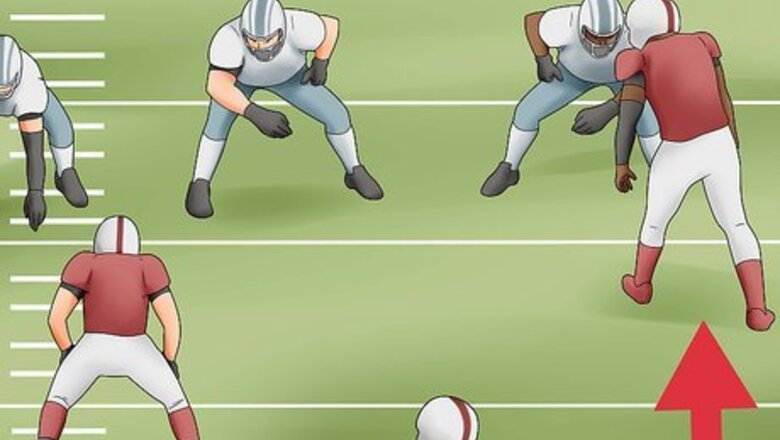
views
X
Research source
Playing Strong-Side Outside Linebacker
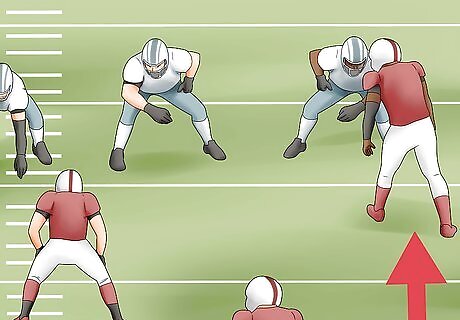
Play on the strong side of the formation. The outside linebacker on the strong side of the formation is often referred to as the Sam. Using the offensive center (the one who hikes the ball) as the middle line, the strong side of an offense is the side where more players lined up with the offense’s tight end usually among the strong-side players.

Take on the lead blockers. The lead offensive blockers will try to hang up the defense and route the defensive line to make holes for running backs or tight ends. In addition to the rest of the defensive line, the Sam has to help close the gaps created and maintained by lead blockers. One of the keys to taking on lead blockers is in the “hit and shed” maneuver where a linebacker makes contact with a blocker then disconnects while maintaining the proper position. The correct stance for this requires the feet pointing forward just over shoulder-width apart, weight on the balls of the feet, back straight, head up, and knees flexed. Make contact with the side of the leading foot. To maintain balance, contact the blocker with the shoulder, forearm, or hand on the same side as the leading foot. Keep hips low and push upward on the blocker with the legs rather than simply upper body strength. By keeping the hips and stance low, the linebacker can equally keep his pads low, which helps to get under and uproot the blocker, thus allowing him to disconnect with the blocker and reassess the next movement for the play. The positioning to get under the pads and through the offensive blockers is very important for outside linebackers because the tackles and guards with whom they make contact often have distinct weight advantages.
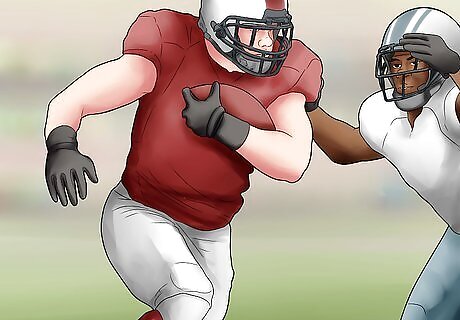
Contain the running back. If a quarterback calls a running play, that means he’ll hand off the ball to the running back who will then try to find a hole in the defensive line. One of the duties of the Sam is to plug just such a hole in the defensive line to tackle the running back and stop him from getting through on the strong side.

Cover the tight end. In addition to covering the running back in a rushing play, the Sam also needs to remain adaptable to covering the tight end who usually plays from the strong side of the offensive formation. Depending on the play, the tight end’s job can be to help stop the defensive line from blitzing the quarterback, block the defensive line to help make a hole for a running back, or to get open as an outlet receiver for when a quarterback doesn’t have time to complete a pass to a wide receiver. The Sam takes on the tight end in nearly every play, so he must quickly adapt to the role the tight end takes on any given play. In the event that the tight end does manage to get open as an outlet receiver and the quarterback does complete a pass to him, it’s also the Sam’s job to tackle the tight end as soon as the pass is completed.
Playing Weak-Side Outside Linebacker
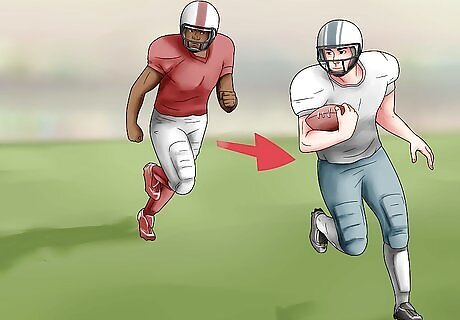
Cover cut-back running backs. The weak-side linebacker (commonly referred to as Will) is not by any means a weaker player, simply playing from the less-covered side without having to worry about the tight end. A running back who has been handed the ball may often cut to the weaker side of the formation depending on the play, in which case it is the Will’s job to tackle and halt progress of the ball. Wills are often a bit lighter and faster than strong-side outside linebackers and middle linebackers. While the other two are akin to hammers pounding the lead and secondary blockers, the Will’s job is to penetrate and make a play on the ball.

Prevent passes to running backs or fullbacks. Many plays may call for a running back or fullback to come out of the backfield to act as an outlet receiver in the event that a quarterback senses trouble before being able to complete a longer pass. In these cases, it’s the Will’s job to cover the back to prevent a pass or at least tackle the back immediately after the pass is completed.
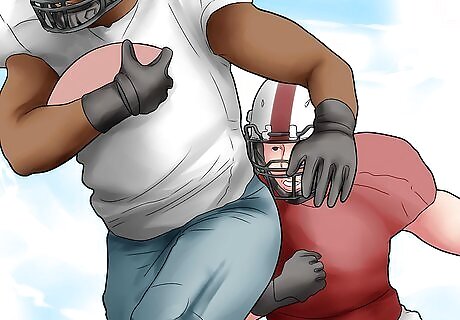
Blitz the quarterback. Because it’s the Will’s job to exploit holes created by the rest of the defensive line to attack the ball, weak-side outside linebackers make their fair share of quarterback sacks.
















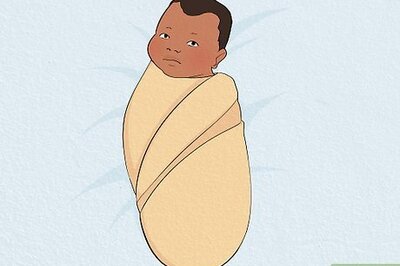

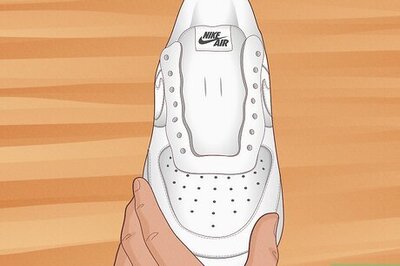

Comments
0 comment